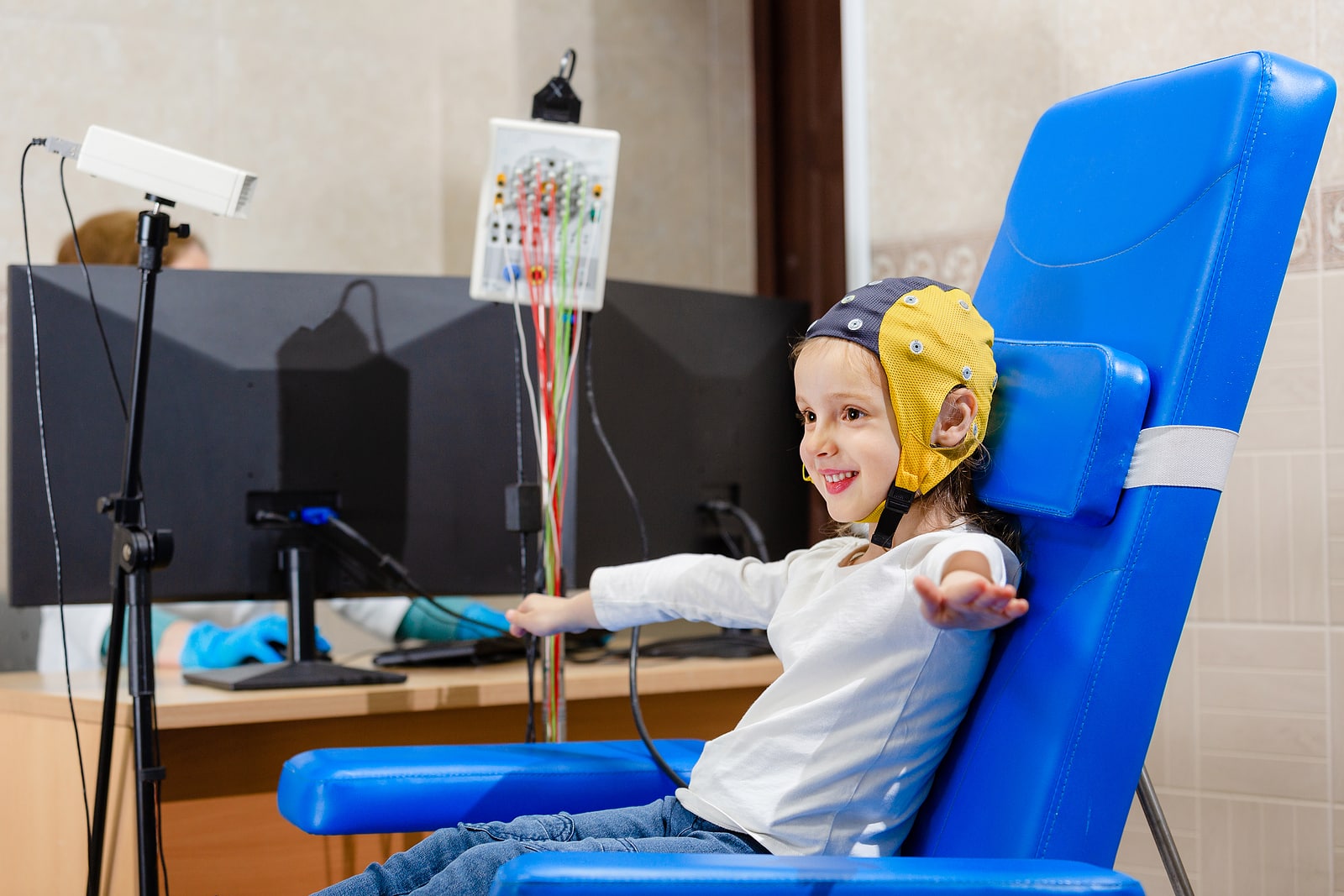Neurofeedback Therapy for Autism: A Promising Frontier
The realm of autism spectrum disorder (ASD) interventions is vast and continually evolving, presenting a plethora of methodologies that promise therapeutic benefits. Among these, neurofeedback therapy has garnered attention as a potent avenue for ameliorating various ASD symptoms. This article will dissect the intricacies of neurofeedback therapy, offering an analytical lens through which to understand its mechanisms, efficacy, and the challenges it poses for practitioners and families alike.
Defining Neurofeedback: Mechanics and Methodology
Neurofeedback, a subset of biofeedback, entails the use of real-time displays of brain activity to educate individuals about their neurological processes. This training modality operates on the principle that individuals can harness self-regulation of their brain activities, thereby eliciting desirable changes in cognitive and emotional performance. Utilizing electroencephalography (EEG) technology, neurofeedback practitioners can monitor brainwave patterns and provide feedback to the participant, who then attempts to modulate these patterns towards specific targets.
This approach is particularly appealing for individuals with autism, given the neurological underpinnings of the disorder. The neurological architecture in individuals with ASD often manifests irregularities in brain connectivity and function, which can contribute to challenges in communication, behavior, and social interaction. Neurofeedback posits that by training individuals to optimize their brainwave patterns, enhancement in these domains might be achievable.
Evaluating Efficacy: Research and Findings
The examination of neurofeedback therapy’s efficacy in treating autism is multi-faceted and encompasses a range of methodologies, participant demographics, and outcome measures. A systematic review of current literature indicates a burgeoning body of evidence supporting the positive impact of neurofeedback on symptom reduction in ASD. For instance, several studies reveal significant improvements in attention, emotional regulation, and executive functioning following sustained neurofeedback intervention.
One salient study employed a randomized controlled trial design, wherein participants received neurofeedback alongside conventional therapeutic methods, including behavioral interventions. Results demonstrated notable reductions in hyperactivity and anxiety levels, underscoring the therapeutic potential of this multimodal approach. Furthermore, longitudinal assessments revealed that the benefits of sustained neurofeedback extended beyond the duration of active treatment, suggesting lasting neural adaptations.
Additionally, case studies have illustrated profound transformations across various spectrums of autism severity. Individuals who exhibited pronounced behavioral and emotional dysregulation showed measurable improvements in their ability to engage socially and communicate effectively post-intervention. Despite these promising findings, the field must grapple with methodological challenges, including small sample sizes and variability in treatment protocols, which can hinder the robustness and reproducibility of results.
Understanding the Challenges: Limitations and Considerations
The integration of neurofeedback into established therapeutic frameworks for autism is not without its challenges. Foremost among these is the considerable heterogeneity of ASD, which presents a formidable obstacle in crafting a one-size-fits-all neurofeedback protocol. The variability in symptomatology, cognitive profiles, and neurological wiring necessitates personalized approaches to treatment, which can complicate therapeutic implementation.
Moreover, the discourse surrounding neurofeedback is often riddled with skepticism, primarily due to the nascent state of research in this area. Critics argue that while preliminary findings are promising, the evidence base is still insufficient to warrant widespread adoption. As such, practitioners must tread cautiously, balancing the potential benefits against the uncertainty surrounding treatment outcomes.
Ethical considerations also loom large as neurofeedback therapy continues to proliferate. The commodification of such interventions raises questions about accessibility and equity, particularly for marginalized populations that might not have the resources to engage in such treatments. Additionally, there exists a moral imperative for practitioners to deliver evidence-based care, ensuring that interventions are grounded in scientific validity rather than anecdotal success.
Looking Ahead: Future Directions in Neurofeedback Research
As we venture further into the uncharted waters of neurofeedback therapy for autism, it is crucial to cultivate a robust research agenda that strengthens the understanding of its mechanisms, efficacy, and best practices. Future investigations should prioritize larger, more diverse sample sizes to ascertain the generalizability of findings and address existing methodological concerns. Collaborative efforts across interdisciplinary teams, including psychologists, neurologists, and neuroscientists, will be vital to developing coherent treatment protocols that can be systematically tested and refined.
Furthermore, exploring the longitudinal effects of neurofeedback therapy will illuminate whether benefits persist over time or if booster sessions are necessary to maintain gains. The incorporation of neuroimaging techniques could also enhance our understanding of the neurophysiological changes induced by neurofeedback, potentially correlating behavioral improvements with underlying neural shifts.
Call to Action: A Collective Responsibility
Potential stakeholders—including policymakers—must advocate for equitable access to neurofeedback therapies and support initiatives that foster further exploration and validation of these innovative interventions. Only through a concerted effort can we ensure that neurofeedback therapy for autism fulfills its promise and elevates the quality of life for individuals affected by this complex and multifaceted disorder.
In summary, neurofeedback therapy emerges as a compelling approach in addressing the myriad challenges associated with autism. By illuminating the intricacies of brain function, it challenges conventional paradigms and fosters hope for innovative interventions. As society grapples with the ramifications of ASD and seeks to create inclusive environments, the exploration of neurofeedback therapy is a pivotal step towards forging a path of understanding, support, and enhanced well-being for individuals on the spectrum.
